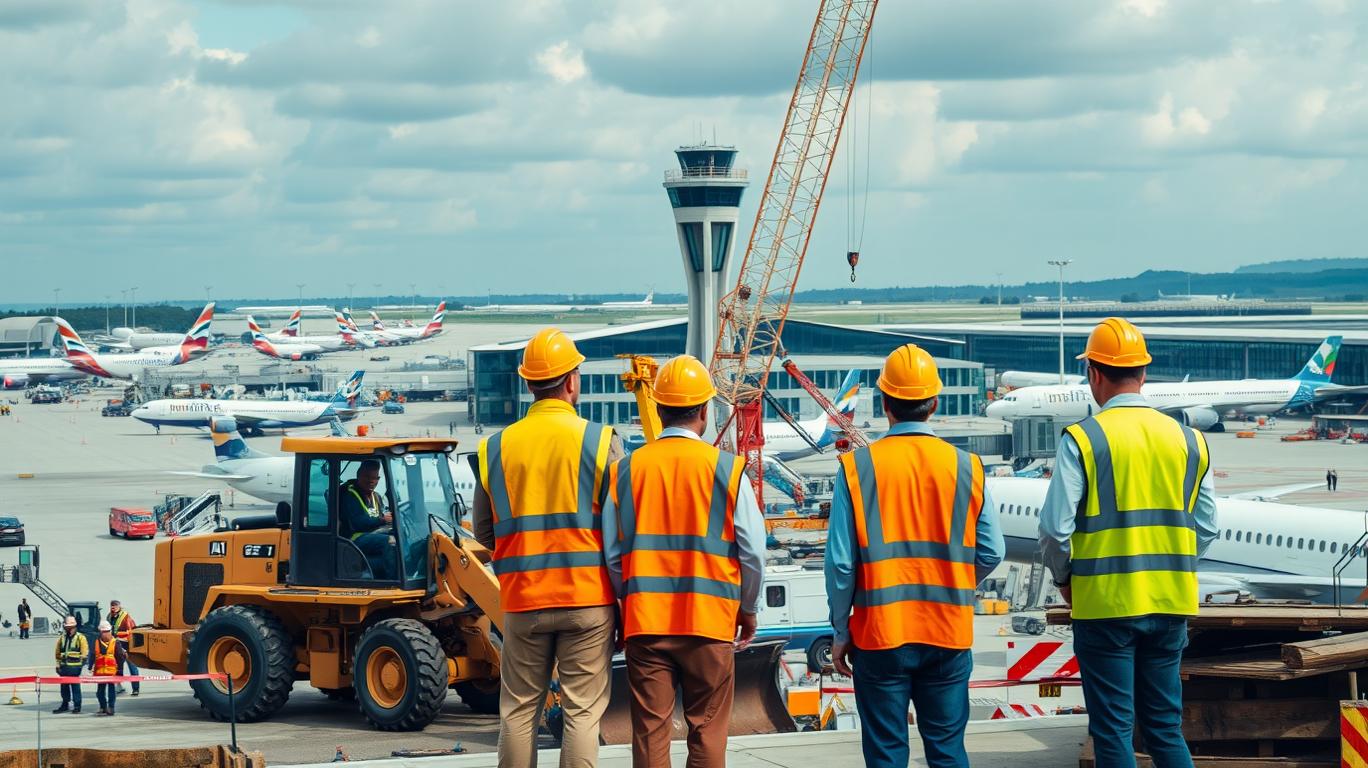Heathrow's chief executive, Thomas Woldbye, has stated that the long-standing debate over the controversial third runway at Europe's busiest airport will come to a head by the end of 2025. This article explores the potential implications of this decision and the underlying factors driving the conversation.
Heathrow's capacity concerns are at the heart of the third runway debate. Woldbye has emphasized that the airport is running out of space, with passenger numbers nearing 90 million annually. To accommodate further growth, a third runway is deemed essential. However, the decision ultimately rests with the government, as Woldbye acknowledges, "We're the executors...But transportation strategy is a government issue."
The third runway project has been a contentious issue for decades, with environmental concerns and political divisions fueling the debate. Heathrow has proposed mitigation strategies to address these issues, such as noise insulation for local communities and the creation of environmental mitigation zones. However, groups like Friends of the Earth remain opposed to the expansion due to concerns about increased greenhouse gas emissions and harm to local wildlife.
If approved, the third runway is projected to increase Heathrow's passenger capacity by 40%, adding another 260,000 flights per year. This expansion would enhance Europe's busiest airport's competitiveness, support the UK's economic growth, and create jobs. By 2030, the additional capacity could generate an estimated £6 billion in extra revenue, contributing to the UK's export market.
The construction timeline and cost of the third runway could impact Heathrow's short-term financial performance. The project is expected to cost £16 billion, with a construction timeline of nine years. This significant investment could impact Heathrow's cash flow and profitability in the near term. However, the project's potential long-term benefits, such as increased revenue and capacity, could offset initial costs. The expected return on investment (ROI) may vary, but a conservative estimate suggests an ROI of around 5-7% over the project's lifespan, considering factors such as increased passenger volume, improved operational efficiency, and potential slot price increases.
In conclusion, the 2025 decision on Heathrow's third runway will have far-reaching implications for the airport's expansion, the UK's aviation industry, and the environment. As the debate continues, stakeholders must weigh the potential benefits and challenges to make an informed decision that balances economic growth, environmental concerns, and the long-term interests of the UK.






Comments
No comments yet